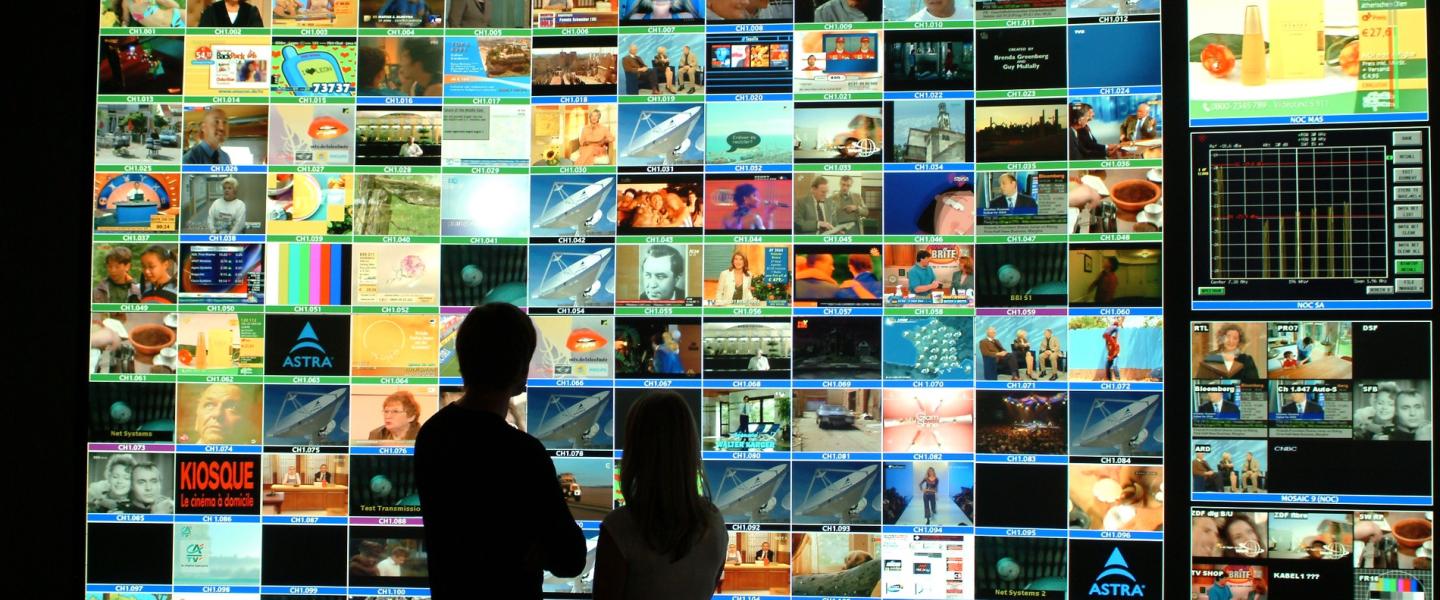The role of satellite in video distribution

Africa's vast landmass and low population density make satellite the ideal platform for video content distribution. This approach is even more necessary given the continent's preference for and dependence on linear TV.
There are two ways in which viewers can access video content in their homes: they can either tune into broadcast networks (known as linear TV), or they can steam content via Internet networks (known as on-demand viewing). Despite media reports suggesting that on-demand services are taking over linear TV, international viewing patterns and especially those in Africa suggest that linear TV is alive and well. In fact, in terms of total viewing hours, on-demand services are relatively insignificant.
In Africa, the number of households with TVs is increasing exponentially year-on-year. With it, the number of viewers consuming linear TV is increasing, too. The linear TV market is therefore significant, relevant and growing. In order to cater to this market, satellite networks are essential.
Why the love of linear?
There are a number of reasons driving consumers' choice of linear over on-demand services:
- Broadband availability: The lack of high-speed broadband connectivity at affordable rates in Africa is one key reasons why on-demand services have not accessed the mainstream market.
- Live viewing: News and sports events are famous for their live appeal, but this appeal extends to other programmes, such as game, talent and reality shows that encourage audience participation and voting.
- Commercial viability: Since on-demand services are largely seen as supplementary to linear TV, consumers are typically not willing to pay a premium for this service. This puts on-demand service providers at risk.
- Viewer age: Research suggests that the majority of TV viewers are between the ages of 36 and 65. Linear TV is still the preferred form of video consumption among this demographic.
From terrestrial to satellite
Africa is the world's second-largest and second-most populous continent. With a landmass of about 30.3 million km², including its adjacent islands, it covers about 20% of the world's total land area. In a continent this size, and with a substantial portion of its 1.2 billion people located in rural or remote areas, terrestrial-only broadcast models will never be able to provide economically viable coverage.
Although terrestrial TV is still prevalent across Africa, the migration to digital distribution is under way. However. digital terrestrial broadcasting will still not cover the whole population, and quickly becomes expensive in areas that are difficult to access or sparsely populated. In order to secure 100% digital coverage in Africa, a satellite component is the only workable solution.
The future of TV: linear and satellite
Satellite plays a vital role in both digital terrestrial TV and direct-to-home (or satellite) TV. Satellites distribute the signal to land-based transmitters that may be located in distant or hard-to-reach locations. The signal is then received by the transmitter and broadcast to receivers located in consumers' homes. Similarly, cable networks redistribute satellite-delivered content to subscribers via their terrestrial cable facilities. When it comes to satellite TV, the broadcaster directly supplies content to the end consumer via satellite.
Satellite networks bring multiple advantages with them, the most important of which include:
- Cost effectiveness and scalability: The cost of satellite capacity does not increase with the number of receiving sites or with distance. Whether you're crossing continents or staying local, satellite connection cost is distance independent.
- Ubiquitous coverage: Satellite signal can be received anywhere in the satellite footprint, which could cover a whole continent or a region spanning many countries. Distance, terrain and other obstacles are no challenge to the reach offered by satellite coverage.
- Superior performance and reliability: Satellite is unmatched for broadcast applications like TV, offers fewer points of failure compared to terrestrial networks, and has built-in redundancy to ensure superior reliability over any other network.
As African consumers access more and more linear TV, it is the resonsibility of broadcasters and networks to make this content available no matter where their consumers are located. To this end, the only solution is satellite. Get connected, get SES.
To find out more information on the importance of satellite distribution in Africa, speak to an SES representative by contacting us today.